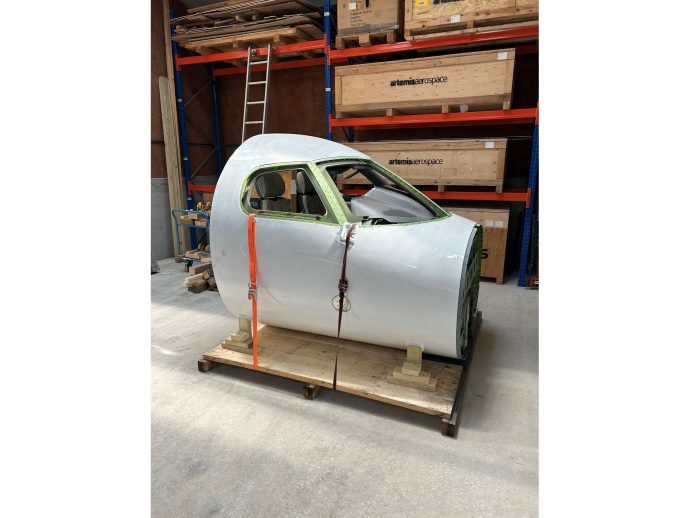Categories more
- Adventures (16)
- Arts / Collectables (15)
- Automotive (37)
- Aviation (11)
- Bath, Body, & Health (76)
- Children (6)
- Cigars / Spirits (30)
- Cuisine (16)
- Design/Architecture (21)
- Electronics (12)
- Entertainment (4)
- Event Planning (5)
- Fashion (44)
- Finance (9)
- Gifts / Misc (6)
- Home Decor (44)
- Jewelry (40)
- Pets (3)
- Philanthropy (1)
- Real Estate (14)
- Services (22)
- Sports / Golf (14)
- Vacation / Travel (60)
- Watches / Pens (14)
- Wines / Vines (24)
- Yachting / Boating (15)
Published
07/16/2023 by Artemis AerospaceWith strikes, delays, crowded airports and staff shortages across the aviation industry, the last few years have seen an unparalleled rise in the use of private aviation for both business and pleasure, with clients now seeing it as an essential rather than a luxury expense.
However, private as well as commercial pilots need to complete their training and then re-test regularly in order to keep their licences. Part of this involves training on a simulator identical to the plane they will be flying, but there are now so many different types of private aircraft that getting a slot on a relevant simulator is becoming problematic.
Here, Jim Scott, owner of components solutions specialist Artemis Aerospace, discusses the emergence of 'bespoke' flight simulators in response to this issue and how the company is leading the way in business jet simulator creation.
A simulator, or training device, artificially recreates an aircraft flight. It reacts to internal factors such as the use of flight controls and can reproduce the effects of external ones such as weather, turbulence, air density and wind force.
Every pilot must learn how to fly an aircraft using both VFR (visual flight rules) and IFR (instrument flight rules). Under VFR, the pilot primarily controls and navigates the aircraft using external visual references; a simulated flight will show the exact layout of the chosen flight path with forests, mountains, cities, seas, rivers and roads. Under IFR rules, the aircraft is flown using only the instruments with no visual references. This is utilised at night, in fog or heavy cloud, or in some areas of restricted airspace which is for IFR traffic only. A simulator will prepare a pilot for both, and also gives crucial training for emergency situations such as mechanical or electrical failure, aborted take-off or landing, ice on the wings, low fuel and loss of communication. It's an essential tool in pilot training and CPD.
In 2022, Boeing announced that the world faced a dramatic shortage of qualified pilots and suggested that European airlines would need to hire 6,000 pilots a year for the next two decades; a similar number would be required in North America and China. Time spent on a simulator is an integral part of training, so the potential backlog is huge. For private and business aircraft, the number of available simulators is considerably lower than those for large commercial aircraft.
So, what happens when a specific business jet simulator is needed but there is no 'off-the-shelf' solution readily available? The answer is to create it!
Recently, we were approached by a client to support them with the production of an Embraer Phenom 300 simulator.
The Embraer Phenom 300 series has been named the best-selling light jet in the world for eleven years in a row and has over 700 units currently in operation. It can reach a speed of Mach 0.80 and has a range of 3723 km. It's also currently the only business aircraft to have a runway overrun awareness and alerting system (ROAAS), which gives an advisory if the approach to the runway is too steep or too fast.
However, as the demand for business jets grows, so does the requirement for suitable training simulators. Utilising our years of expertise in the global component supplies market, we have sourced all the necessary parts and equipment for our customer to build Embraer Phenom 300 simulator that provides the high levels of fidelity expected.
This includes a cockpit sourced from a decommissioned aircraft along with primary furnishing, controls and panels – so that walking into the simulator is just like embarking the plane itself. Working with our extensive global network of suppliers, we have come up with inventive solutions to create as near an exact copy of the aircraft as possible, on time and within budget.
Keeping up with the rising demand for business jet pilots will be a huge task over the next few years and the supply of suitable components for the manufacture of training devices will be key in keeping on top of that challenge.















